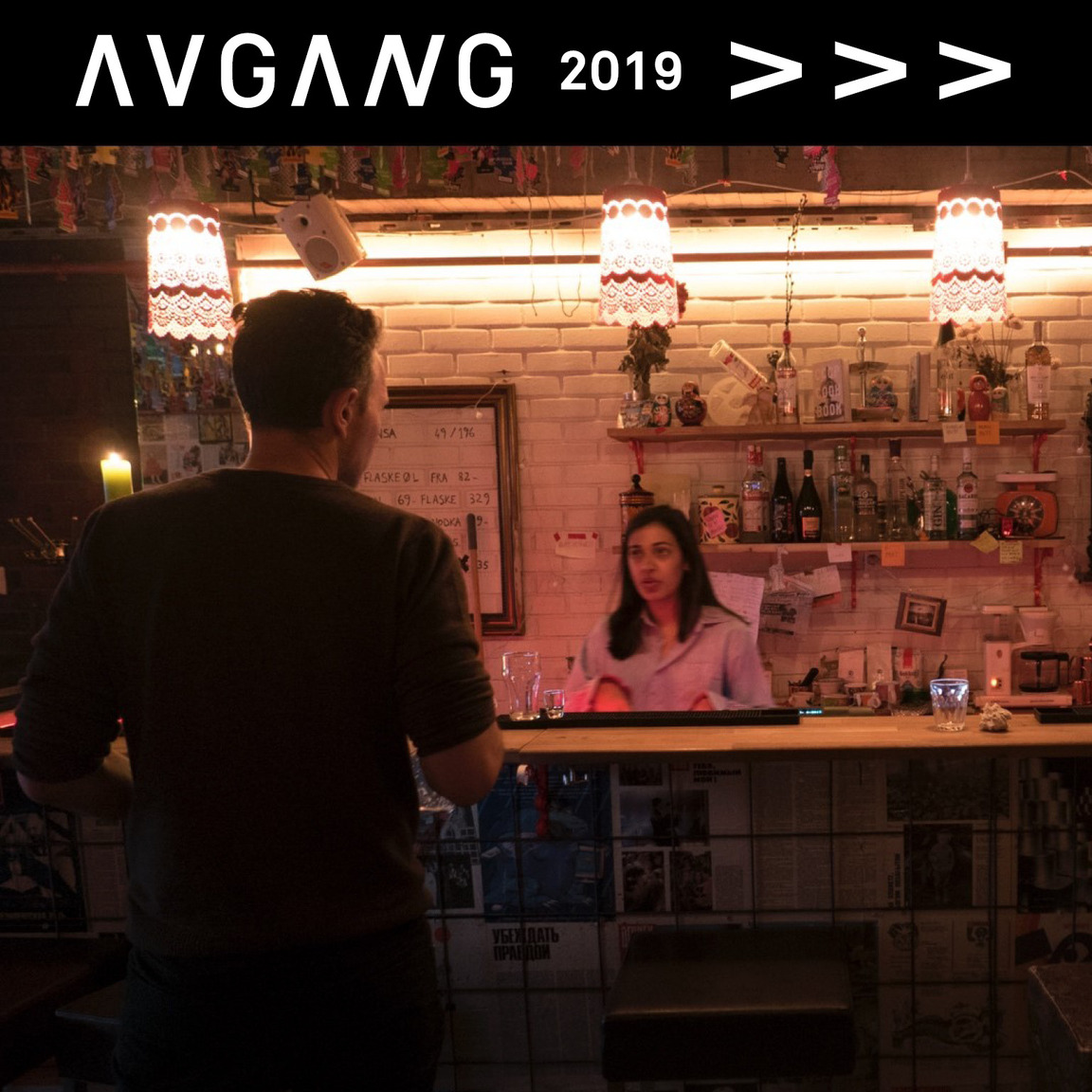Visning

Avgang 2019: Semiotics of Food | Recital(s) at the bar
This upcoming Saturday 8th of June, artist/bartender Sarah Kazmi will be mapping out her practice, her double life between these two occupations at the bar Glasnost, located in Tøyen.
Time and place: June 7, 2019 5:00 PM - 8:00 PM at Oslo National Academy of the Arts, Fossveien 24.
June 8th, 2019 7:00 PM – 9:00 PM and June 11th, 2019 6:00 – 8:00 PM at Glasnost, Økernveien 9.
Sarah will do a slight adjustment at her work site, behind the bar counter, where an impromptu recital will occur between 7-9pm. She is trying to understand how ‘reading/reciting’ can be a common way to create and spread knowledge and opinions expressed through imitations or more indirect forms of communication. Reading it out loud makes the text alive, from private to public. The voice enables us to listen and decode multiple meanings embedded in it, of histories, memories etc
Bar customers, colleagues and friends are invited later to have a discussion around her research, in an informal setting over some beer, coffee or wine.
There will be two sound works placed on the bar counter, where one can choose to listen to while drinking a beer.
Follow the event on facebook
This recital is part of the MFA (Art and Public space) Degree Show 2019 at Oslo National Academy of the Arts. For a deeper dive into her practice, please read more from her research below.
------------------------------------------------------
"The mouth is the boundary between the outside world and inside world of the body.
It not only communicates sensory modality but also communicates the centrality of cultural identity".
(Paul Rozin, 2003)
What is food? What is your favourite food? What did you eat last?
What we consume, how we acquire it, who prepares it, and who’s at the table all signify forms of communication rich with meaning. Beyond merely nourishing the body, and thus beyond food as a material item, what we eat also denotes and describes identity, convenience and responsibility.
When it comes to food, language plays a variety of roles. It begins with cooking food in the kitchen, ingredients on wrinkled grocery receipts, conversations with people at the bar I work at, and the labels on international food products in supermarkets. This exploration of textual data has resulted in a research- and process-driven approach, through which I try to archive food as a language in our everyday life, as an extension of the cultures and identities that shape us individually and collectively.
Hence, Semiotics of Food is a research-based practice, one which explores the possibilities of serving food as a language, in terms of its significance in our everyday life, our eating habits, and our social acts – beyond just taste and consumption.